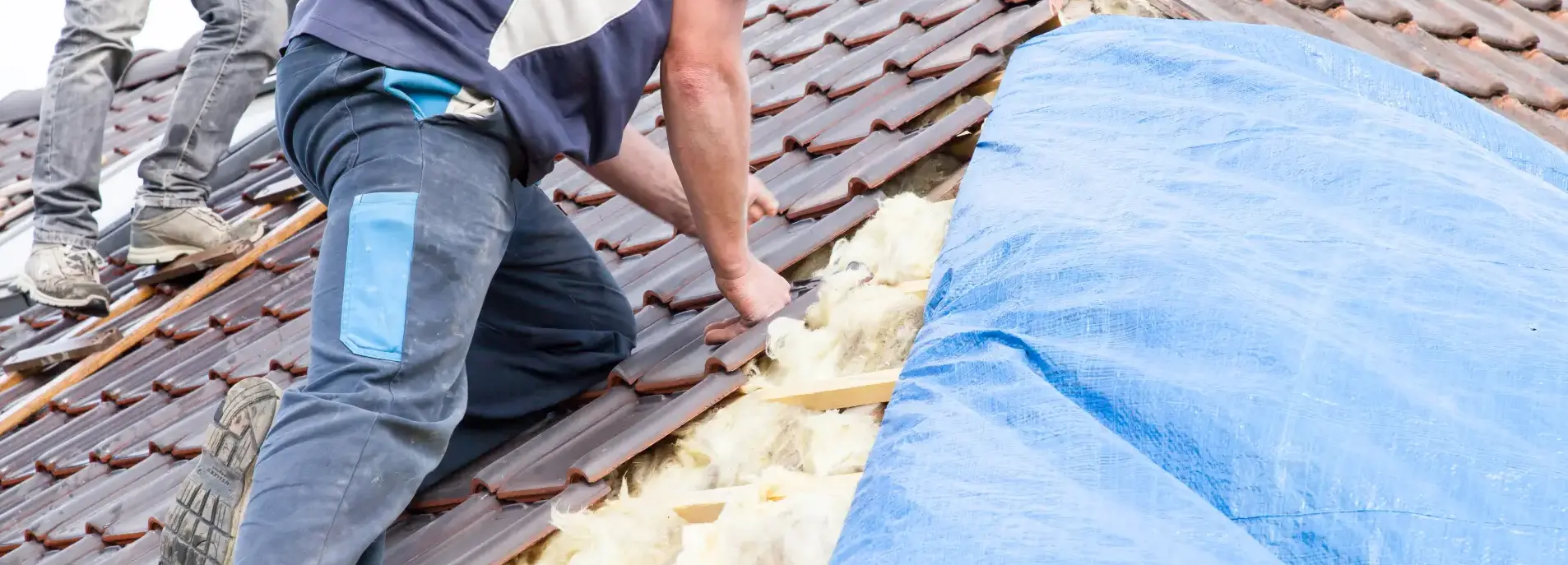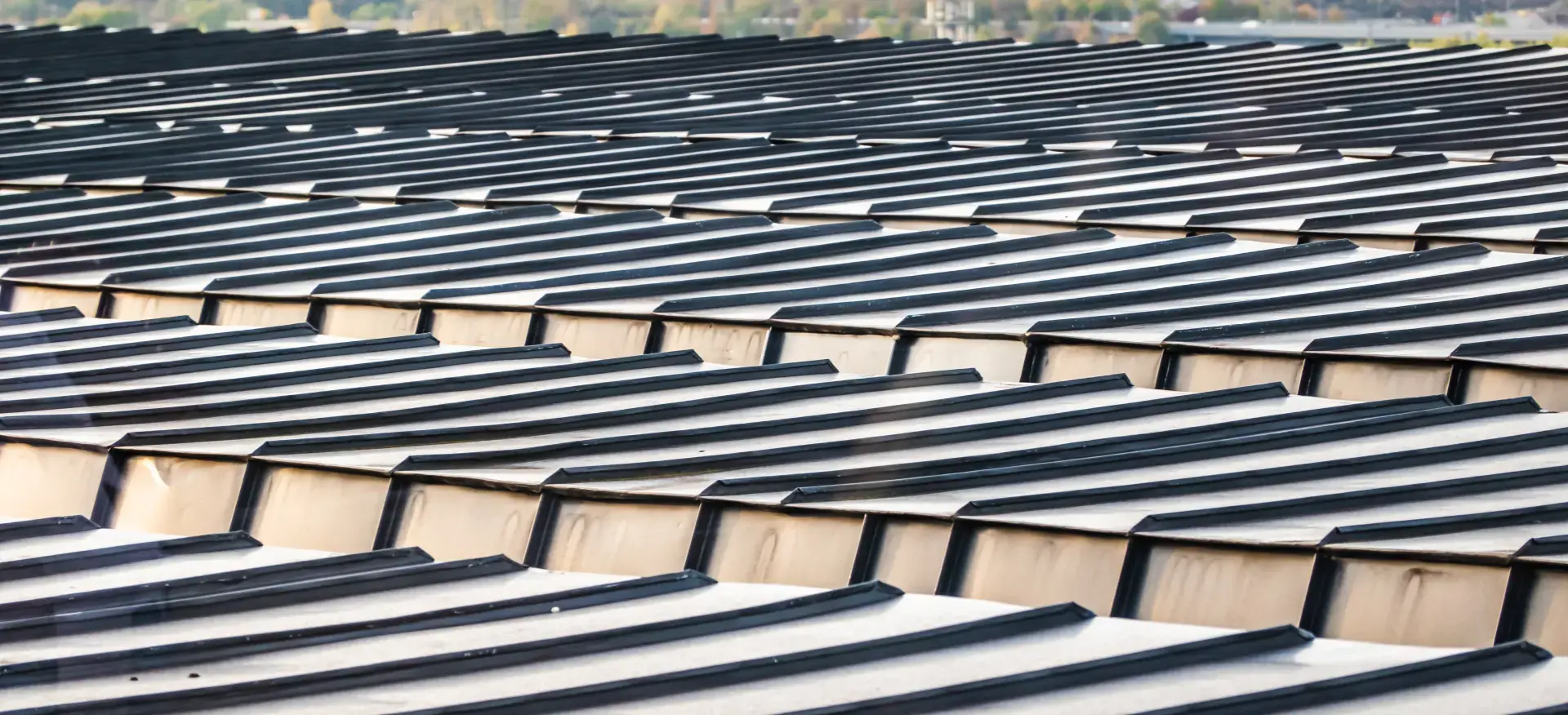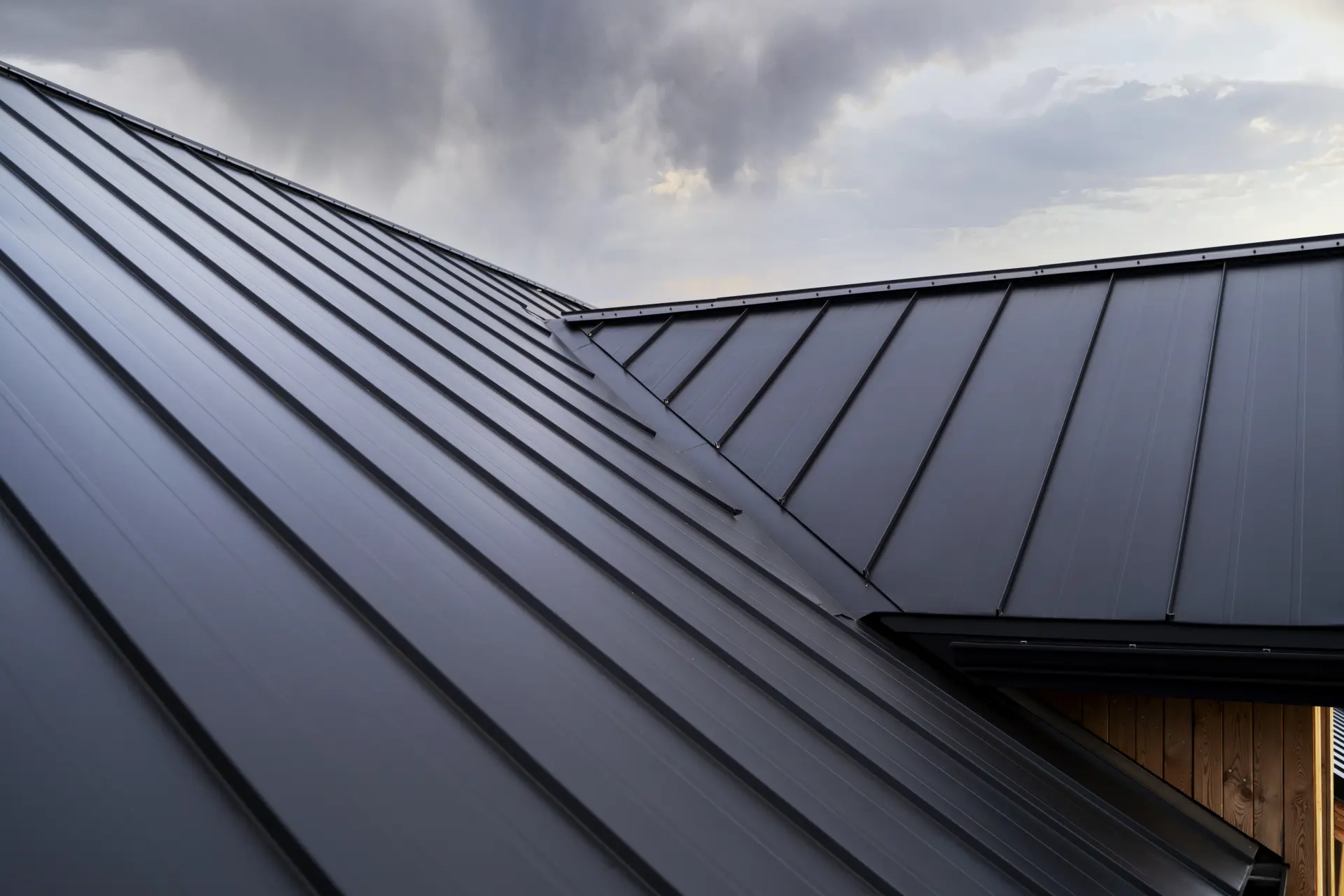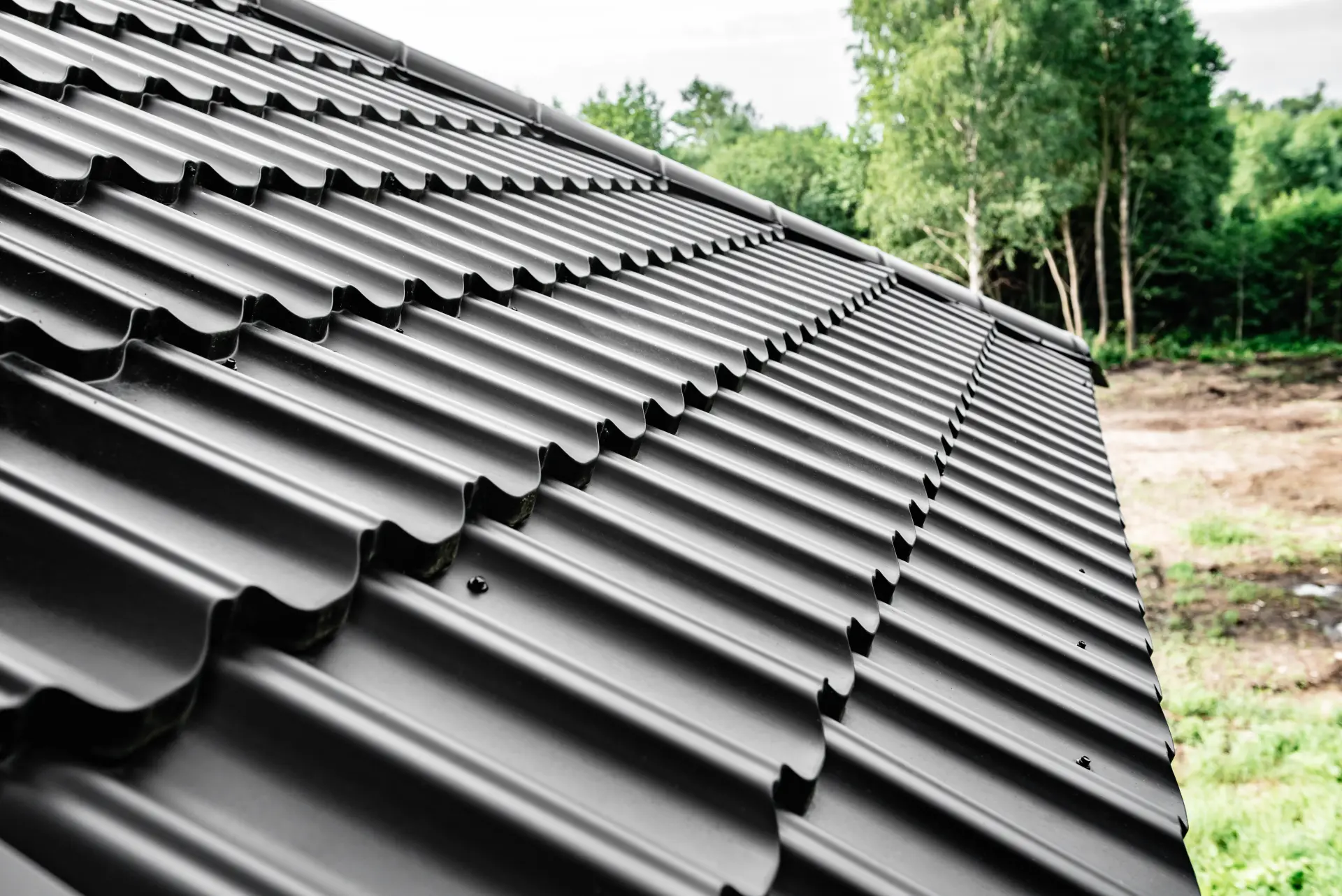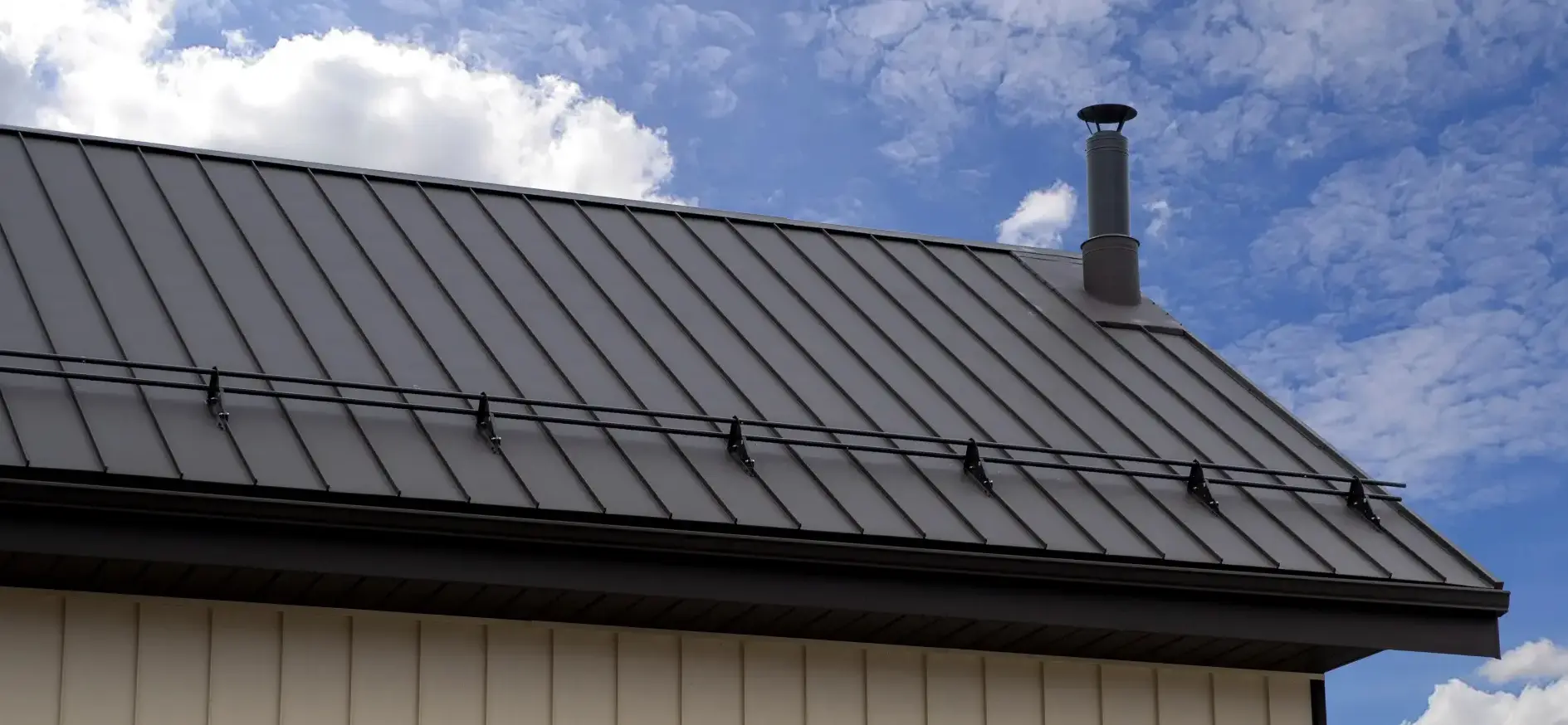How metal reflects heat from the sun
Metal roofing is a great option for those looking to reduce their energy bills by reflecting a large amount of the sun’s heat away from the building. Unlike some traditional roofing materials that absorb and store heat, metal has a naturally reflective surface that limits how much heat passes into the interior. Many metal roofs are also coated with a special finish that enhances their ability to reflect sunlight. This coating includes infrared rays that are not visible to the eye but contribute to heat build-up. This means the roof stays cooler, getting rid of the need for any air conditioning during bouts of hot weather.
Lowering the amount of heat in your building with metal roofing helps maintain a more stable indoor temperature. This reduces strain on cooling systems, which can lead to much lower energy costs and extend the lifespan of your equipment. Such savings can make a major difference, especially for larger commercial properties where energy use is high. The combination of reflective properties and long-lasting performance makes metal roofing an effective and cost-efficient choice for improving energy efficiency.
The role of insulation with metal roofing
Insulation is essential for getting the best performance and comfort from a metal roof. While metal roofing is highly effective at reflecting much of the sun’s heat, it is also a good conductor, meaning heat and cold can pass through more easily if there is no insulation in place. Through choosing to add another layer of insulation below your existing roof will help regulate the indoor temperature by slowing down heat transfer in summer and retaining warmth in winter. This can create a much more comfortable working environment and also reduce your reliance on systems for heating and cooling, which tends to lower your energy costs over time.
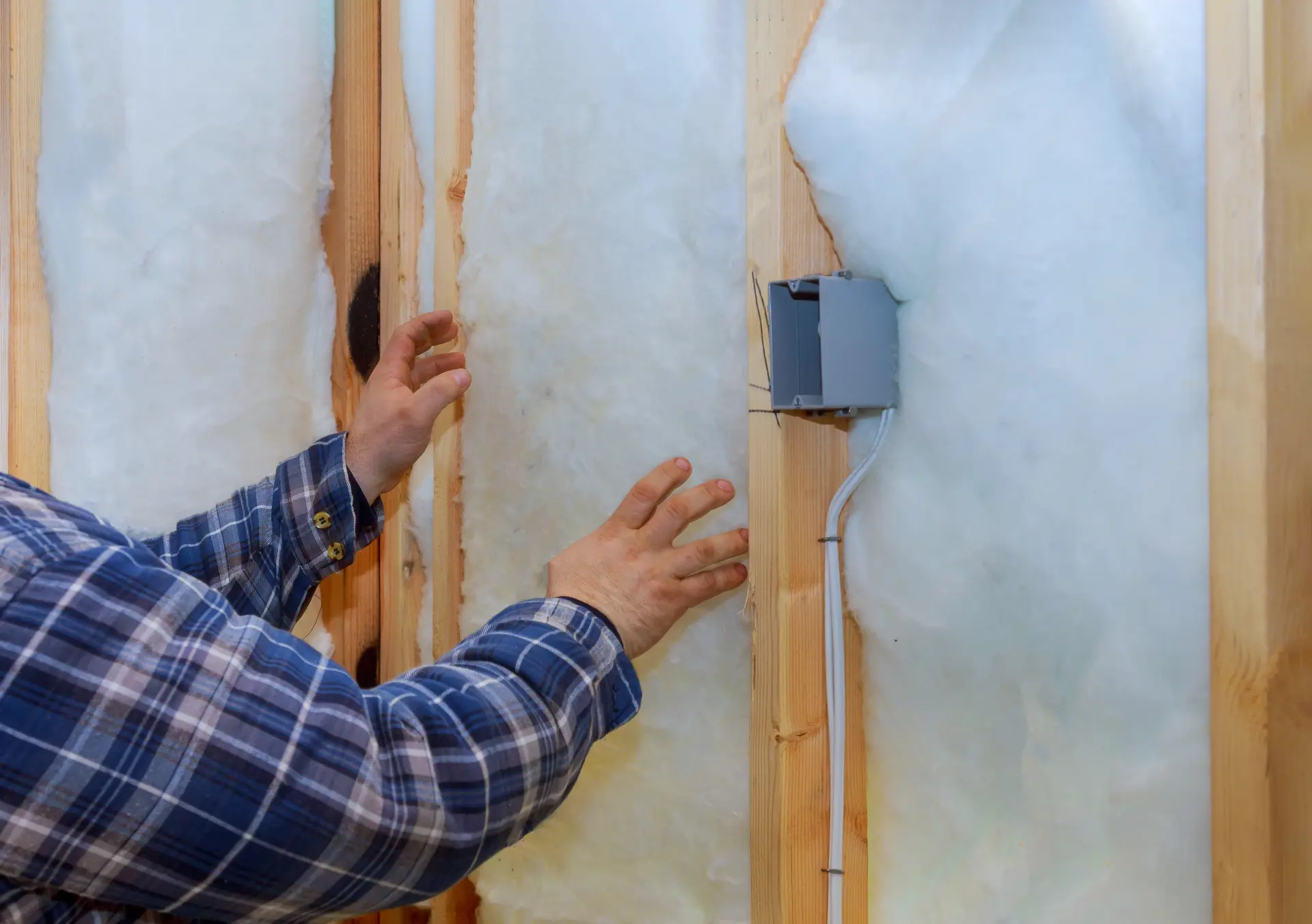
When it comes to commercial properties, insulation has its own important role, as it can help manage the moisture levels of the building. Without it, condensation can begin to form on the underside of any metal roofing panels. This tends to happen when warm indoor air meets the cooler surface, leading to dampness, mould, and even corrosion.
Using suitable insulation materials, for example, rigid foam boards, fibreglass, or spray foam, can avoid these issues and add an additional barrier against any noise from rain or hail. By combining the durability and reflectivity of a metal roof with the right insulation, businesses can improve energy efficiency.
Cool roofing coatings explained
Cool roofing coatings are specialised finishes that can be applied to metal roofs to improve their ability to reflect the sun's light and release any absorbed heat. These coatings are often made with highly reflective pigments that bounce back a significant amount of the sun’s rays, including infrared light that contributes to heat build-up. By reducing the roof’s surface temperature, cool coatings help lower the amount of heat transferred into the building, which can heavily reduce the need for air conditioning during hot weather.
In commercial settings, cool roofing coatings enhance the energy efficiency of the property and also extend the roof’s overall lifespan. Lower surface temperatures mean your property will experience far less thermal expansion and contraction. This is a positive, as it reduces stress on the roofing materials over time. These coatings can be found in a broad range of colours; much lighter shades generally offer the highest reflectivity. However, advances in coating technology now allow even darker colours to achieve strong reflective performance. By choosing a cool roofing coating, businesses can benefit from lower energy bills, improved indoor comfort, and long-term protection for their roofing investment.
Saving costs in winter and Reducing air con in summer
Metal roofing can deliver year-round energy savings for businesses by improving temperature control in both cold and warm seasons. In winter, when combined with quality insulation, a metal roof helps retain heat inside the building by reducing heat loss through the roof. This can create a much more consistent indoor temperature, which means that your heating system does not need to run as often or as intensively. The reduced workload not only lowers energy bills but can also extend the lifespan of boilers or heaters, further saving on long-term maintenance and replacement costs.
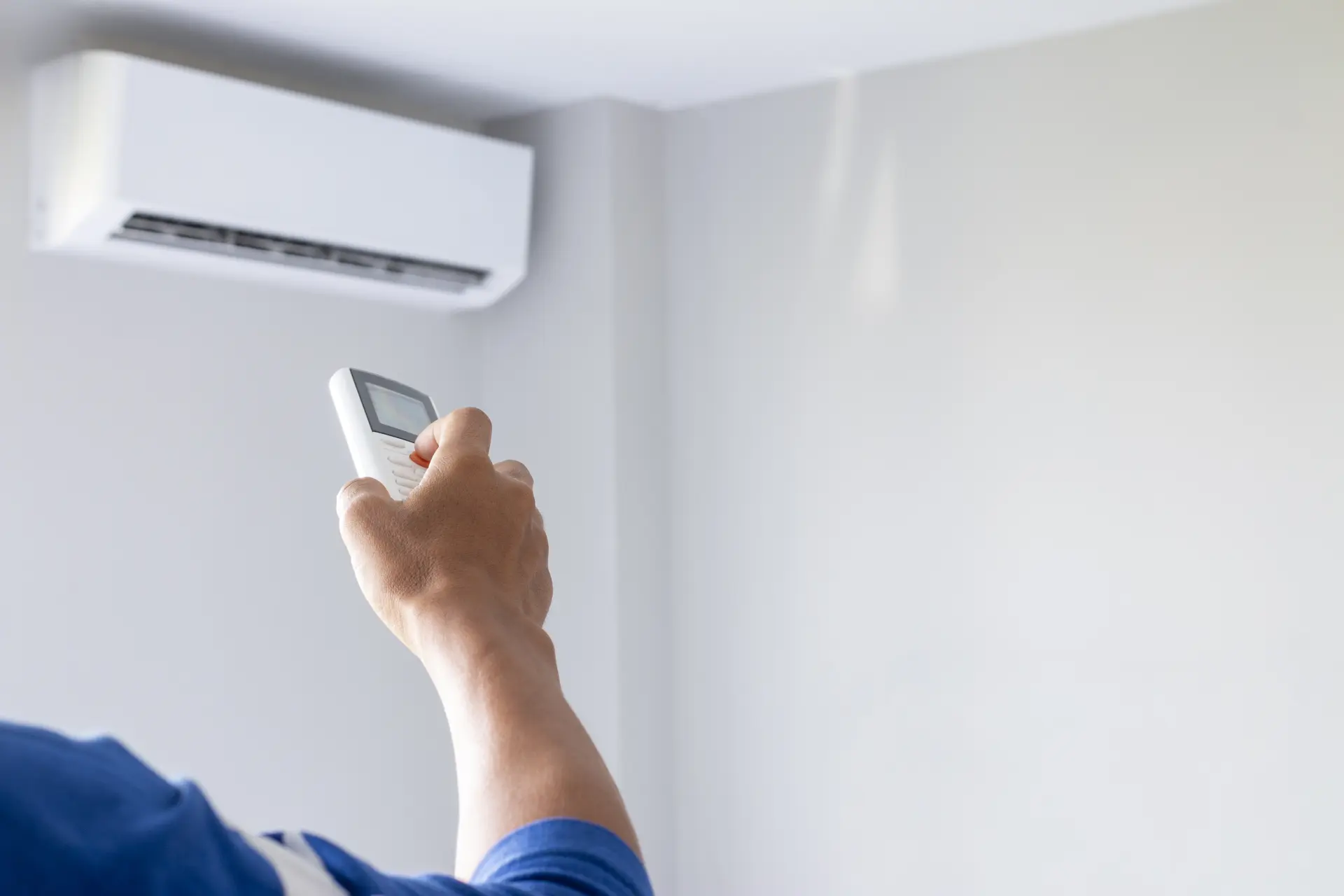
In summer, the reflective nature of metal roofing will block plenty of the sun’s heat before it can penetrate the building. Many metal roofs are enhanced with cool roofing coatings, which increase their ability to reflect both visible and infrared light. This helps keep the roof surface and the spaces below significantly cooler, lowering the demand on air conditioning systems.
By reducing how often and how hard cooling equipment must operate, businesses can cut electricity consumption, lessen wear on the systems, and improve overall comfort for employees and customers. These combined seasonal benefits make metal roofing a practical, cost-effective choice for improving energy efficiency throughout the year.
Light-coloured vs dark-coloured metal roofs
The colour of a metal roof can have a big impact on how it performs, especially when it comes to generating more energy efficiency and heat reflection. Light-coloured metal roofs, such as white, beige, or light grey, reflect more sunlight and absorb less heat. This helps keep the roof surface cooler, which can reduce the heat penetrating through into your building. As a result, many air conditioning systems do not have to work as hard. Light-coloured roofs are usually preferred in hot or sunny climates, where keeping the building cool is a priority.
Dark-coloured metal roofs, such as black, deep brown, or dark green, absorb even more heat from the sun than any other shade or colour. This can make them better suited for colder climates, where a small amount of heat gain may help reduce heating costs in winter. However, more modern metal roofing technology allows for coatings that enhance the reflectivity of darker colours, allowing them to maintain a rather stylish appearance without sacrificing too much energy efficiency. When choosing between light and dark, businesses should consider the local climate, the building’s energy needs, and the desired look to find the best balance between performance and appearance.
If you're searching for professionals who can help you install brand-new roofing for your business property, give us a call. Our team are always available throughout the local area to provide commercial metal roofing installations and repairs.

